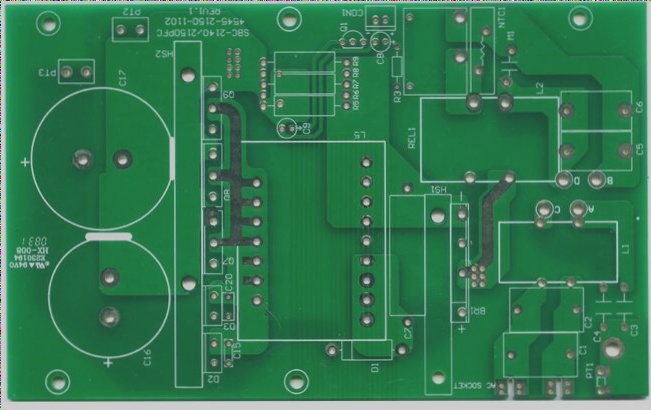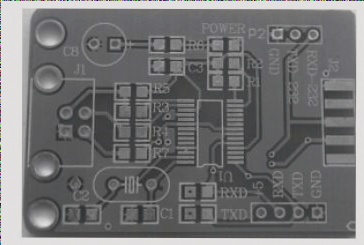The Importance of PCB Circuit Board Design in Electronics
The PCB circuit board plays a crucial role in electronic circuit designs by consolidating components and ensuring design coherence. It helps prevent errors and chaos that can result from manual wiring.
Consideration of Signal Types
When designing a PCB, it is essential to consider various signal types such as input/output, AC/DC, strong/weak signals, and high/low frequencies and voltages. Signals should ideally propagate in linear or separate paths to prevent interference.
Precise Junction Points
Precise junction points are vital in PCB design. While achieving a perfect total point ground layout can be challenging, it is crucial to adhere diligently to this principle. Flexibility in addressing this issue is key, with diverse solutions available.
Positioning of Power Filter/Decoupling Capacitors
Power filter/decoupling capacitors are crucial for filtering and decoupling in PCB designs. They should be positioned close to the components they serve to maximize their efficacy and mitigate junction point issues.
Optimal Trace Width and Design
Wide traces are preferable to fine ones, especially for high-voltage and high-frequency circuits. Ground traces should have ample width, utilizing extensive copper areas to alleviate junction point concerns.
Importance of Copper Coatings
Strategic use of copper coatings expands ground areas and enhances interference resistance in PCB designs. Careful attention to detail during the design phase can prevent issues such as uneven corrosion and compromised wire integrity.
Preventing Unintended Solder Joints
Dense line arrangements in the same direction increase the risk of unintended solder joints during welding. Adjusting linear density according to welding process requirements and ensuring proper solder joint spacing are crucial for welding quality and efficiency.
Mastery of these PCB design considerations can significantly improve design efficiency, product quality, and production cost-effectiveness.



